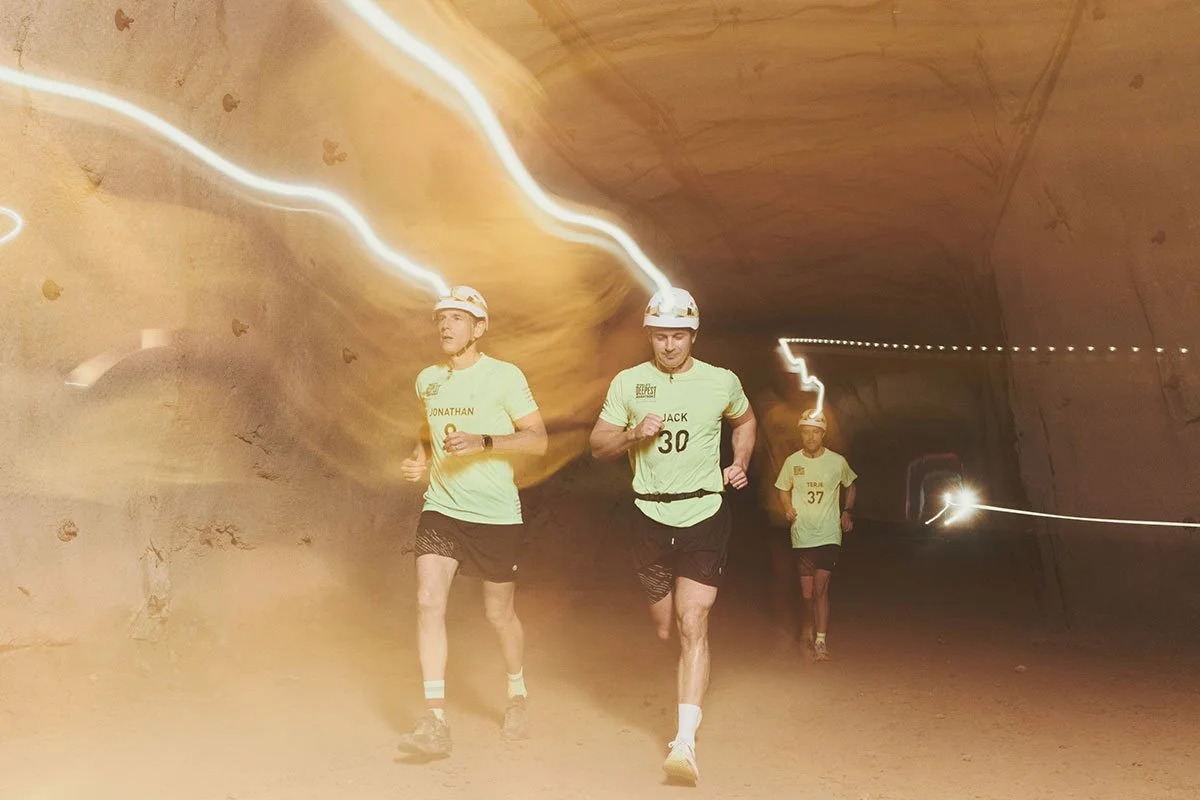Nickel was king in EV battery capacity deployment in 2020

A report by Adamas Intelligence states that over 60% of all passenger EV battery capacity deployed globally in 2020 was in the form of high-nickel cells, such as lithium-nickel-cobalt-aluminum oxide batteries (NCA) or lithium-nickel-manganese-cobalt oxide or NCM 6- to 8-series cells.
According to the market analyst, Europe saw the greatest deployment of high-nickel cells in 2020, with NCM 6- and 7-series dominating the market. Europe was followed by China, where NCM 8-series was the most commonly used chemistry, while the US took the third spot, with high-nickel NCA batteries leading the way.




